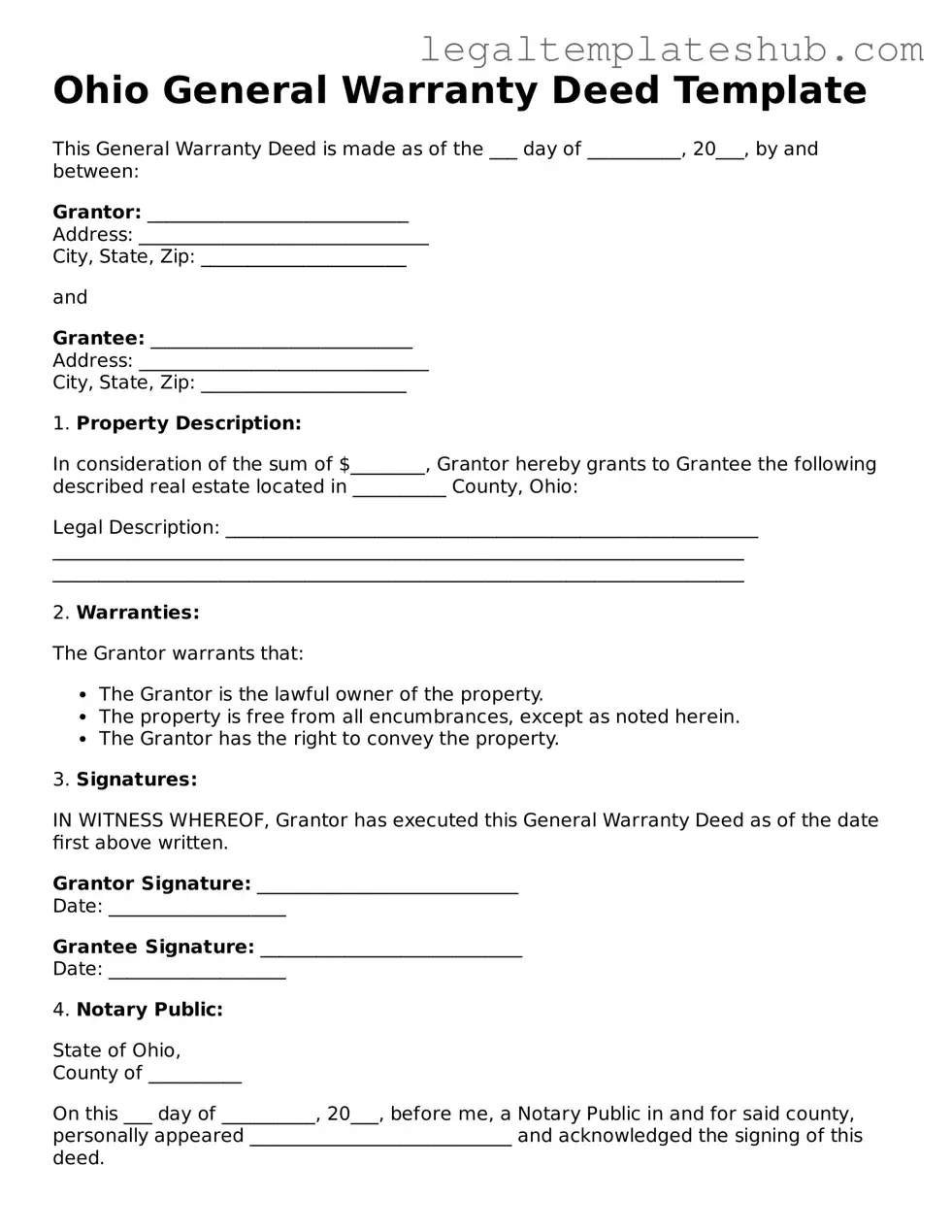Clark County Register of Deeds
- A deed may also specify any conditions or restrictions attached to the property's use by the buyer.
Utah Deed Requirements
- A special purpose deed may be used in transactions involving government entities.
Michigan Property Transfer Affidavit
- Real estate agents can provide guidance on deed requirements for specific transactions.
Ensuring a clear understanding between landlords and tenants is crucial, and utilizing a properly formatted New York Residential Lease Agreement can help eliminate any potential misunderstandings. Not only does this document cover key aspects like rental terms and party responsibilities, but it also provides a structured way to formalize the rental relationship. For convenience, you can find the necessary paperwork by checking out PDF Templates to assist you in this important process.
Pennsylvania Deed Transfer Form
- Can outline any conditions or restrictions.
